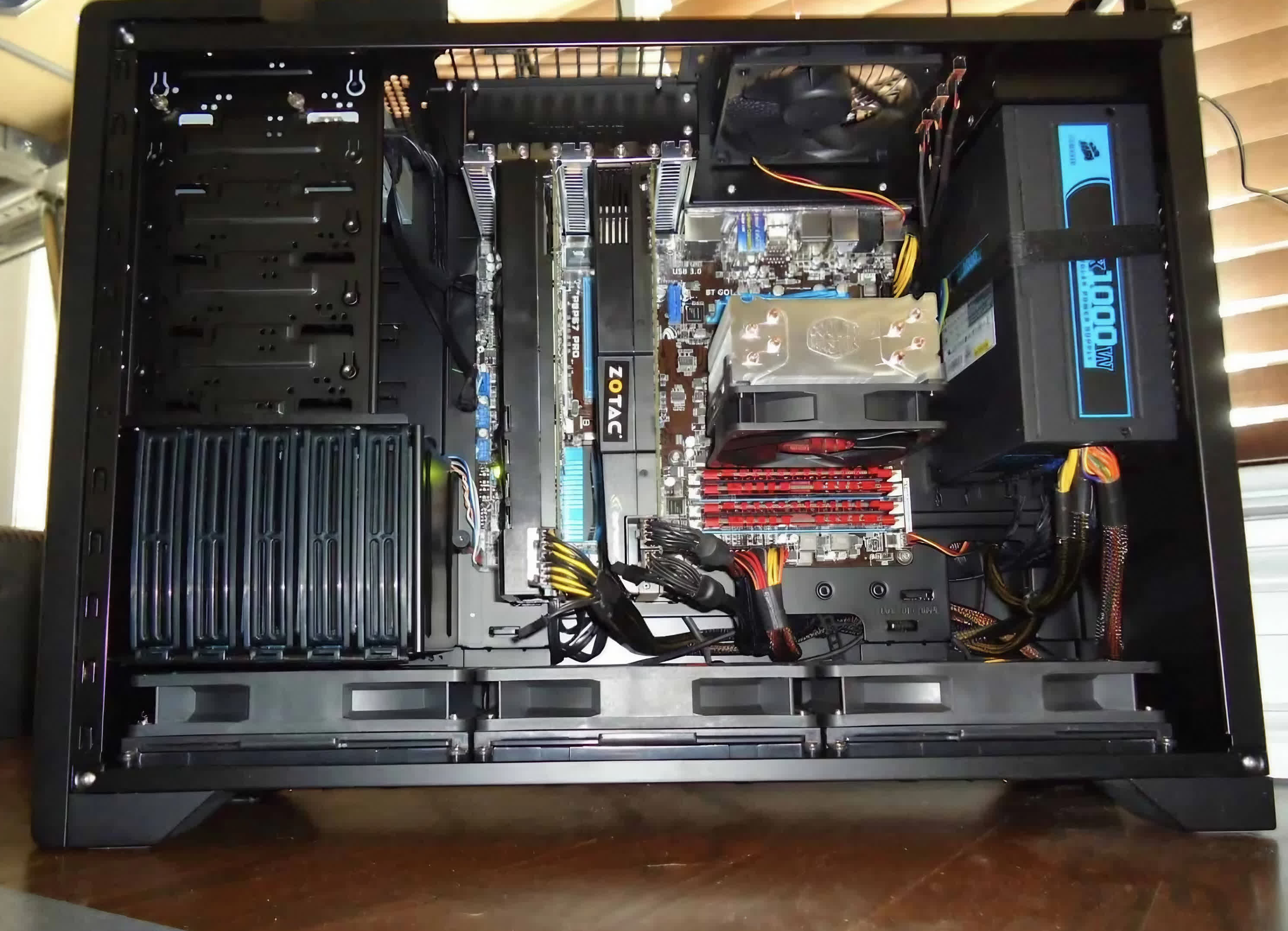The big picture: You can’t go five minutes these days without hearing about AI this and AI that. But have you ever wondered how we got here? The credit largely goes to a groundbreaking neural network from 2012 called AlexNet. While it didn’t cause an immediate sensation, it ultimately became the foundation for the deep learning revolution we’re experiencing today. Now, after years of negotiations, the original source code has finally been released to the public.
That’s thanks to a collaborative effort between the Computer History Museum and Google. The source code, originally written by University of Toronto graduate student Alex Krizhevsky, has now been uploaded to GitHub.
AlexNet was a neural network that marked a major breakthrough in a computer’s ability to recognize and classify images. By 2012, the theory behind neural networks – including the pivotal backpropagation algorithm – had been around for decades. However, two key components were missing: the massive datasets needed to train these networks and the raw computing power required to process them. Initiatives like Stanford’s ImageNet project and Nvidia’s CUDA GPU programming finally provided those crucial elements.
These advancements enabled Krizhevsky, working under AI pioneers Geoffrey Hinton and Ilya Sutskever, to train AlexNet and unlock the full potential of deep learning. For the first time, deep neural networks, big datasets, and GPU computing came together with groundbreaking results. Each was essential to the other.

Eventually, the AlexNet paper was presented at a 2012 computer vision conference. At the time, most researchers shrugged it off, but Yann LeCun – now recognized as a leading AI pioneer – immediately saw its significance, calling it a turning point for the field. His prediction proved accurate. After AlexNet’s unveiling, neural networks quickly became the foundation of nearly all cutting-edge computer vision research.
AlexNet’s breakthrough lay in demonstrating that training a relatively simple neural network could achieve superhuman performance on highly complex tasks like image recognition. This marked the birth of the deep learning paradigm, in which machines master skills by ingesting and modeling vast datasets.
From that moment, progress accelerated rapidly. Neural networks evolved at an unprecedented pace, leading to milestones such as defeating human champions at Go, synthesizing realistic speech and music, and even generating original art and creative writing. However, the real turning point for generative AI came with the 2022 release of OpenAI’s ChatGPT, which arguably represented the pinnacle of deep learning’s evolution.
Understandably, open-sourcing such a historically significant piece of code was no simple task. The Computer History Museum had to navigate a five-year negotiation process with Krizhevsky, Hinton (now at Google), and Google’s legal team before securing approval to publish the original source files.
Source link